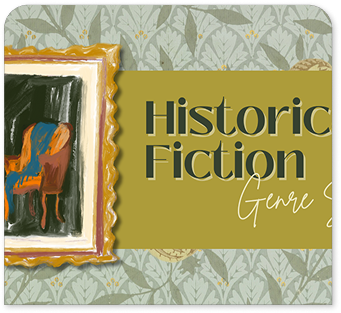-
Mon-Fri: 10AM to 8PM 01722665665
-
My Account
-
-
0
Total :
₹ 0.00

Important topics include the decline of the Mughal Empire, the rise of British dominion, major reforms, socio-economic changes, influential leaders and movements, the evolution of political consciousness, and significant post-independence developments.
This textbook provides a comprehensive exploration of pivotal events, reforms, and socio-cultural transformations in modern Indian history, primarily tailored for BA 2nd-year students at Panjab University Chandigarh.
The book is authored by S.P. Sabharwal and published by K. Duggal.
Yes, it is specifically designed for BA 2nd-year, 3rd-semester students at Panjab University, Chandigarh.
The book you are browsing is primarily written in English, making it accessible for English medium students. However, it is also available in Hindi and Punjabi versions to cater to a diverse audience, ensuring that students from different linguistic backgrounds can benefit from its comprehensive content.
The syllabus is divided into four units, each covering different themes such as British rule, socio-religious movements, political consciousness, and post-independence developments.
The examination will include very short answer-type questions, essay-type questions, and a map question, providing a comprehensive assessment of the syllabus.
Yes, the book includes very short answer-type questions for quick revisions, detailed explanatory notes on maps, and illustrative maps to depict important historical geographies.
The total marks for the course are 100, with 90 marks allocated for theory and 10 marks for internal assessment.
Yes, the book provides an analytical review of the Great Uprising of 1857, discussing its causes, impact, and significance in the context of British colonialism.
No Description Added
Important topics include the decline of the Mughal Empire, the rise of British dominion, major reforms, socio-economic changes, influential leaders and movements, the evolution of political consciousness, and significant post-independence developments.
This textbook provides a comprehensive exploration of pivotal events, reforms, and socio-cultural transformations in modern Indian history, primarily tailored for BA 2nd-year students at Panjab University Chandigarh.
The book is authored by S.P. Sabharwal and published by K. Duggal.
Yes, it is specifically designed for BA 2nd-year, 3rd-semester students at Panjab University, Chandigarh.
The book you are browsing is primarily written in English, making it accessible for English medium students. However, it is also available in Hindi and Punjabi versions to cater to a diverse audience, ensuring that students from different linguistic backgrounds can benefit from its comprehensive content.
The syllabus is divided into four units, each covering different themes such as British rule, socio-religious movements, political consciousness, and post-independence developments.
The examination will include very short answer-type questions, essay-type questions, and a map question, providing a comprehensive assessment of the syllabus.
Yes, the book includes very short answer-type questions for quick revisions, detailed explanatory notes on maps, and illustrative maps to depict important historical geographies.
The total marks for the course are 100, with 90 marks allocated for theory and 10 marks for internal assessment.
Yes, the book provides an analytical review of the Great Uprising of 1857, discussing its causes, impact, and significance in the context of British colonialism.


